IMV: Nuclear medicine procedure volumes decrease
AuntMinnie
APRIL 15, 2024
Total nuclear medicine patient study volumes decreased by 5.7% decrease in hospital-based studies and a 2.5% decrease in total procedures each year, with hospital-based procedures declining by 5.5% and non-hospital procedures increasing by 1.2%. and non-hospital procedures increasing by 1.2%. Of these, 5.8


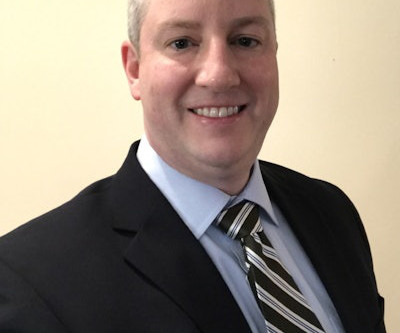
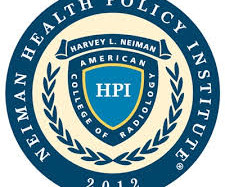


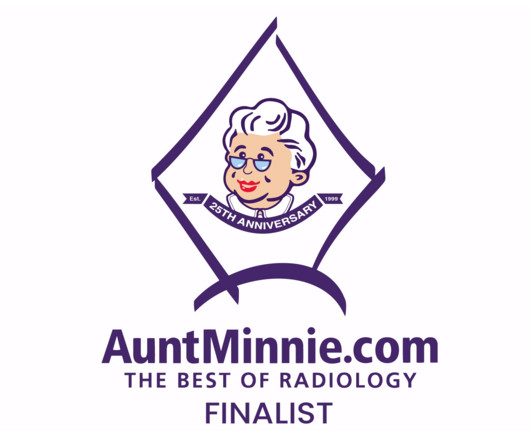
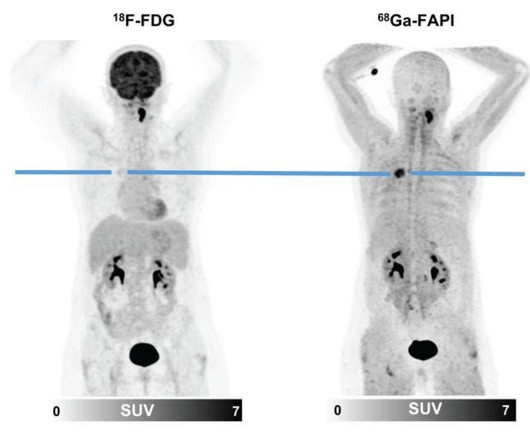

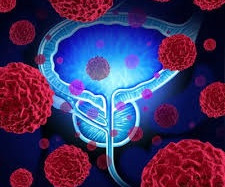

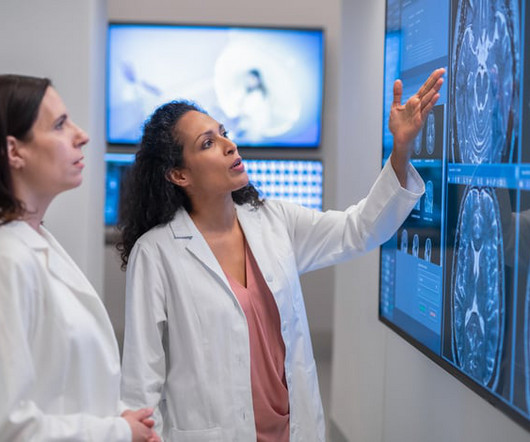


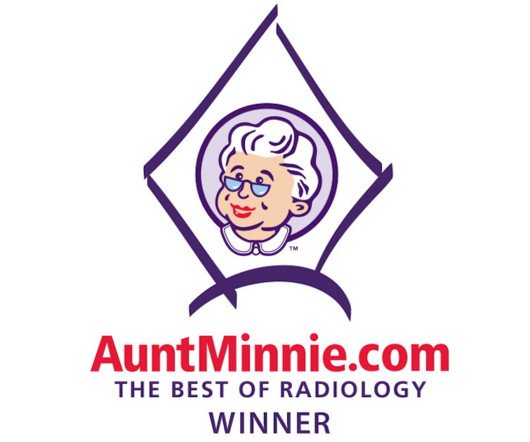


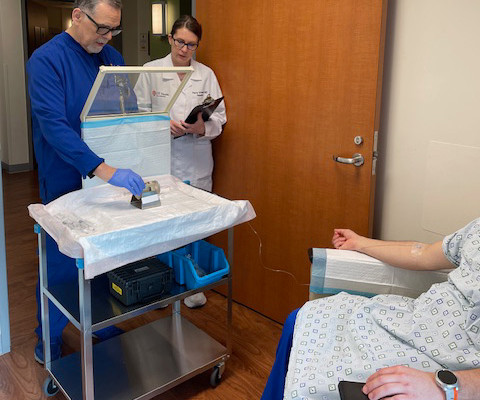

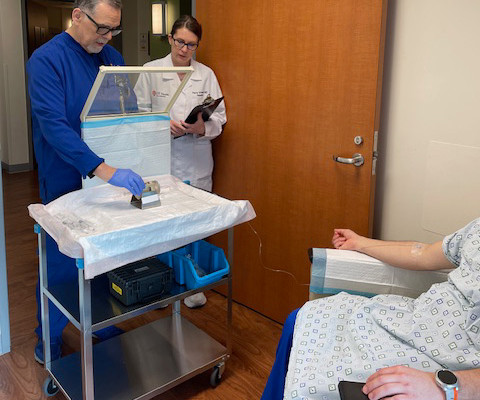






Let's personalize your content